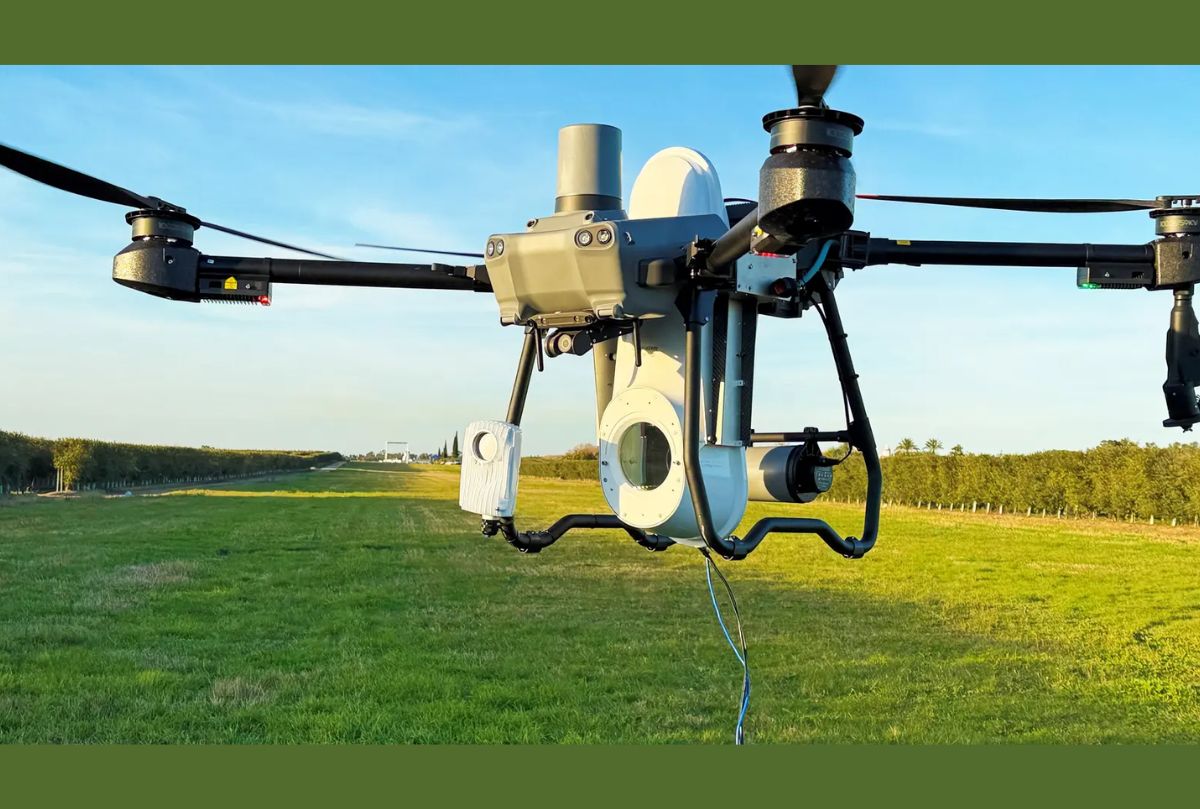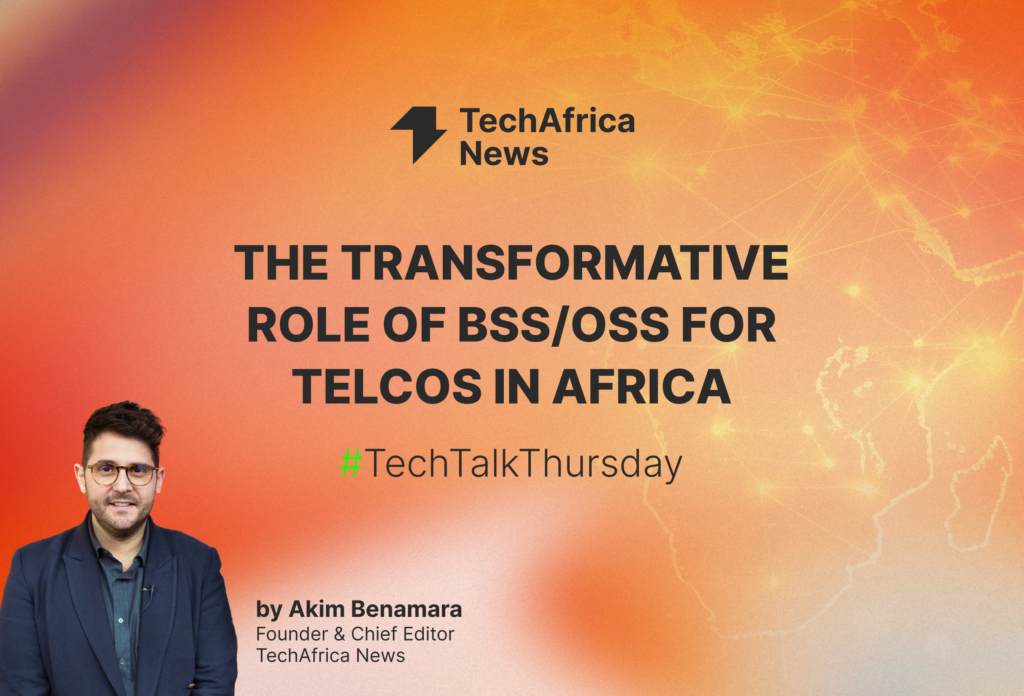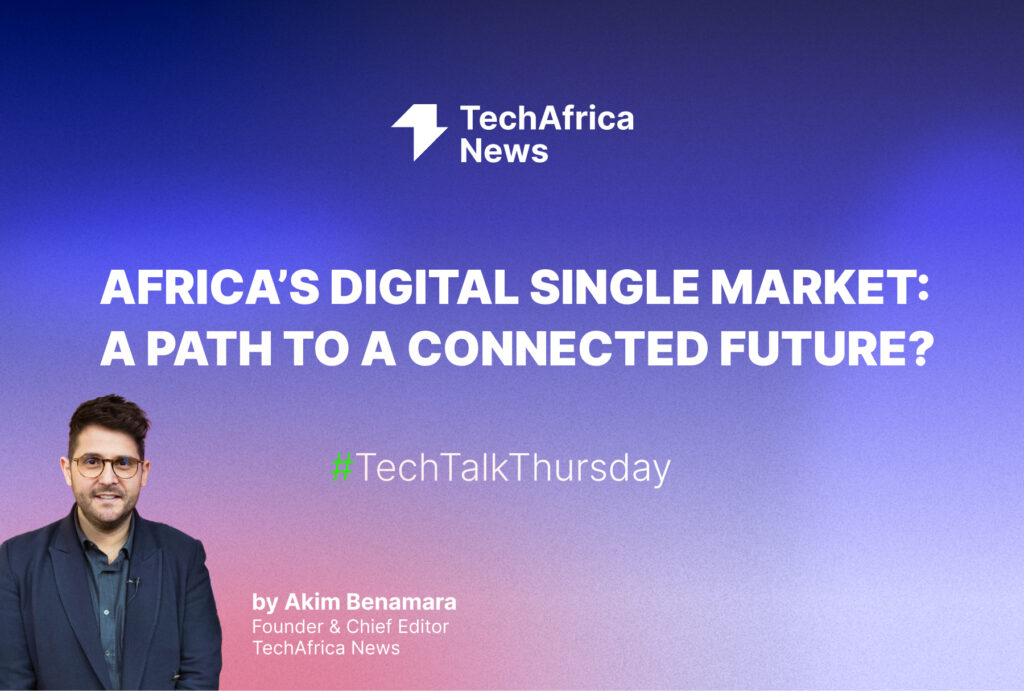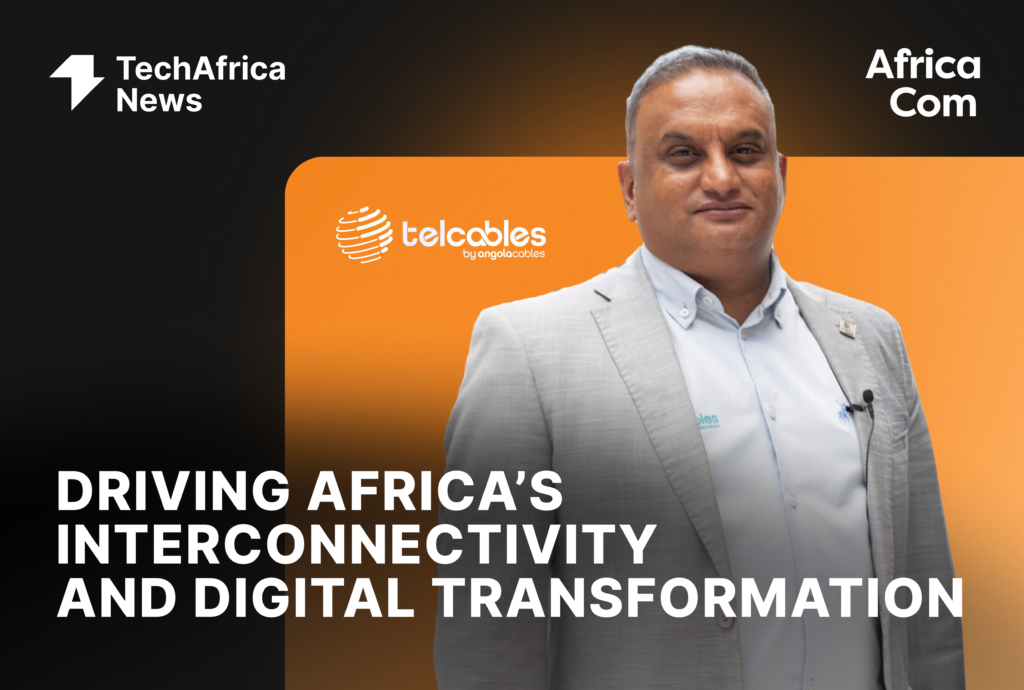Vodafone’s MWC25 Showcase: Connectivity, Climate Data & AI in Action
Vodafone’s MWC25 showcase features drones restoring connectivity, IoT devices powered by ambient energy, and mobile networks transforming weather forecasting.

Drones that restore connectivity to mobile masts, global network sensing capabilities for improved weather forecasting at a micro-climate level and battery-less devices powered by their surrounding environment are just some of the innovations Vodafone is showing visitors to its stand at Mobile World Congress (MWC25), 3-5 March 2025.
Vodafone is showcasing 30 products and services drawn together by the power of connectivity, climate-based data, AI-driven customer experiences and the geographical strength of its global networks, including subsea cables, terrestrial networks and new direct-to-device satellites. Vodafone will also host a series of ‘v-talks’ with industry experts and partners, including Aduna (industry network API joint venture), Microsoft and Save the Children, on technologies that are shaping the future.
Instant Fibre Link: A Future Concept Demonstration
Vodafone is piloting drones to re-establish connectivity for customers using a wireless link when an underground cable linking mobile masts is either cut or damaged, as well as in a disaster recovery situation. In a test earlier this month in Seville, Spain, Vodafone worked with Taara, the wireless optical connectivity moonshot at Google X, to demonstrate how two industrial-grade drones equipped with Taara’s light beam terminals could be used to deliver a temporary connection. In the test, one drone was securely tethered to a mast, and the other to a nearby Vodafone data transport hub.
The drones equipped with Taara briefly established a two-way connection over three kilometres. The test demonstrated how novel combinations of new technologies could potentially be used in future to address infrastructure challenges. Backhaul fibre cables linking masts are usually buried in the ground, making them susceptible to damage by mechanical diggers and vandalism. Across Europe, Vodafone on average deals with between 75 and 100 such cable breaks every year.
Weather sensing network
Vodafone is working with the European Space Agency, and other governmental departments in the UK to gather accurate rainfall measurements using data from the thousands of microwave links connecting mobile masts across Europe. Rain and other forms of precipitation can absorb and scatter microwave signals, reducing their strength.
Vodafone monitors the performance of these microwave links on average every 15 minutes and adjusts its network to compensate for any loss of connection strength, particularly during heavy downpours. It is now turning this data into a giant weather gauge across its pan-European network in both urban and rural areas. Building on millions of Vodafone’s worldwide Internet of Things (IoT) environmental sensors, it is now supplementing those with invaluable weather data from its commercial microwave links covering areas that are out of reach of existing weather observation posts.
Ambient Internet of Things (IoT)
Another exhibit being shown for the first time is a battery-free IoT device that can be powered entirely by its surrounding environment. This includes the surrounding temperature, solar and kinetic energy, as well power gathered from radio frequency waves used by the devices themselves to transmit and receive data over Vodafone’s mobile networks.
Known as Ambient IoT, this technology is ideally suited to devices that require little or no human intervention including those used to monitor and track goods in a warehouse, manufacturing plants, and safer home devices for the elderly. In addition to reducing the overall dependency on batteries, and the associated costs and issues with battery-life, the devices can be made smaller and more cheaply. Vodafone aims to test the technology later this year with plans to make it commercially available across its markets within two to three years as international standards mature.






